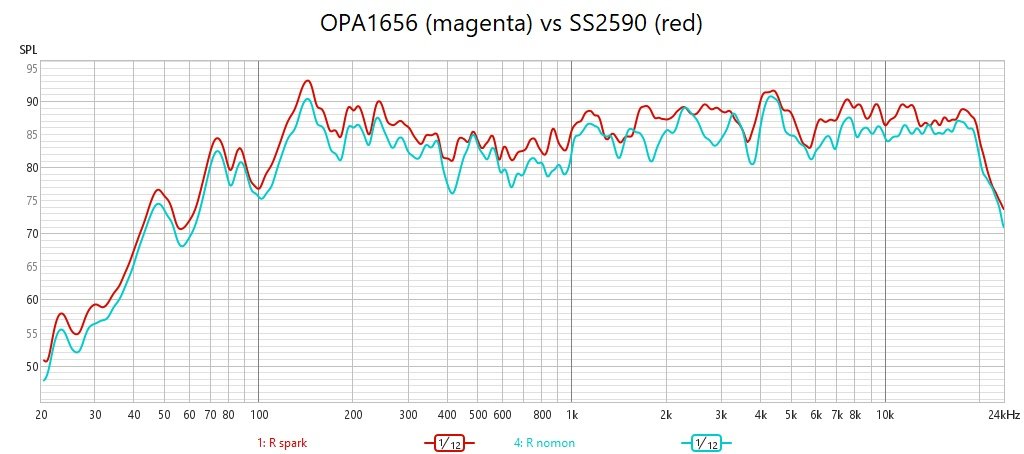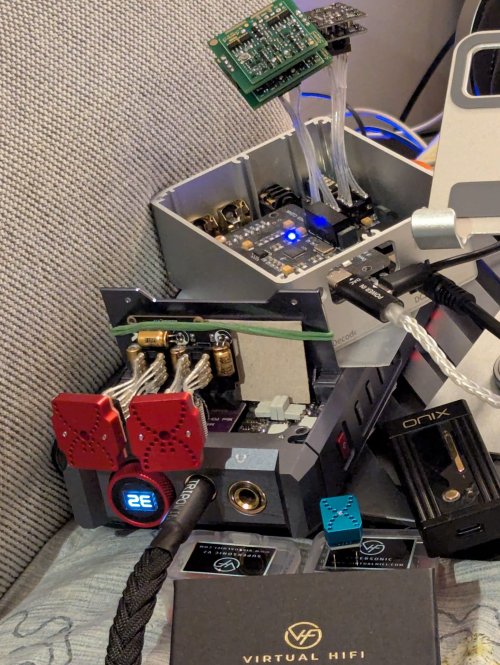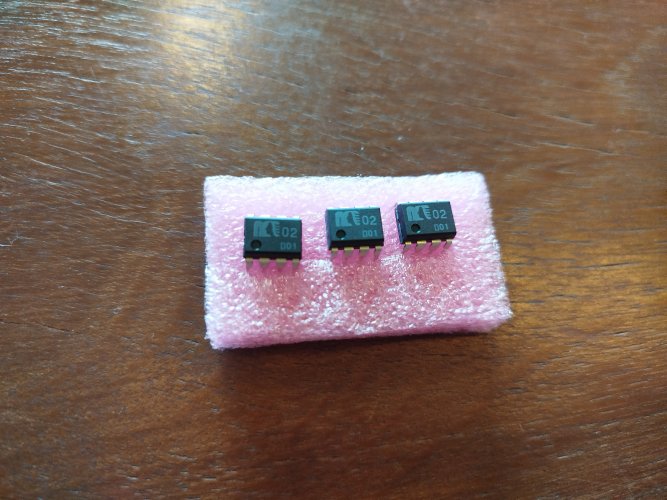l. I noticed no difference in details when comparing with opa2111. In the same position, opa1656 sounds flat with slightlty wider soundstage, but I feel sound is a bit weird (cannot properly discribe it).
Actually it makes a lot of sense. The opa2111 is one of 3 op amps that has Burr Brown “Bifet” design. The two others are opa2107 and opa627. However, it doesn’t sound like those two chips at all! It’s very musical imo.
You are not “wrong“ in describing the Opa1656, it is recommended to be used in portable devices I/V stage because it has a input fet like the opa1612 and the opa1642. It has to do with the load capacity limitation be under a certain load capacity of 50 ohms. (I believe).
Because Audio is mostly an AC application LDOs are used to allow current to travel via the circuit. I totally agree with you on the higher valued caps around them. They do stop the flow when the values are too high. Lots of people believe that the higher values in caps (everywhere in the DAC) increases VREF but that’s only true when the values are highest at the DAC chips in sigma delta modulator which are made mostly today in CMOS requirements are met. (R2R designs are be far more sophisticated and requires a lot of attention to details. They are simply an “art” to do with precision counterpointing resistance values and caps).
Personally, I am still “lost” when it comes to coupling caps with resistance series. That requires experiment “off board” but a lot of Sigma Delta modulators are pretty basic to implement, are cheap to make & also have their limits.
LDOs will ALWAYS produce noise (no question) but attempting to the lessen the noise, muzzle them or attempt to push the noise outside of the noise signal usually requires a cap of anywhere from 1-2uf ceramic caps based on data sheet recommendations so you can’t go “rogue” with the values.
Caps are all constructed differently and use different materials that often affect the sound. The same is true for resistors, Op Amps. The best are film caps because they do a great job filtering out DC noise which allows the audio signal to be stronger which are of lower values and are pretty large. Personally, I’m still trying to fully understanding coupling especially with caps and resistance.
The main objective always in 99% of all modding is the lower noise levels.
Since many DAC chips are CMOS like the AKM449X series it may make sense to use CMOS based parts like LDOs and Op Amps??? Because they sound better “natively” in short length circuits and power limits per sections of the DAC?? (not sure).
A lot of times you just have to wing it and take calculated risk or use threads to see if anyone has attempted what you are doing. As DIYERS we are not privy to endless R & D funding so a reliance on a community of hobbiest is parliament! A lot times, diyers in Audio proven methods for a problem aren’t totally scientifically proven but work. Haha






















